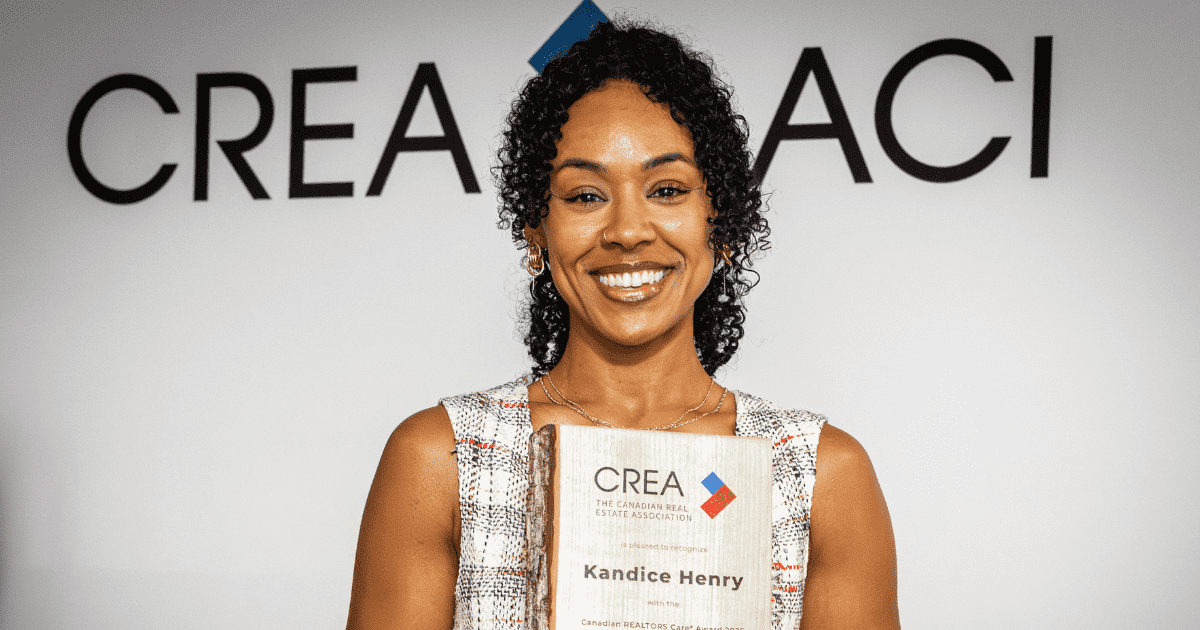There are steps we can take to shorten your number of days to quitting time, aka retirement. The math of life after real estate has two major pieces to it. In the simplest form, it’s money coming in and money going out. We’ve discussed the first part, but the latter is important as well.
It’s helpful to ask if we’re able to cut expenses without taking any of the fun away. A lower income requirement means needing fewer savings and other income resources. Lower income means lower taxes and retiring sooner without it necessarily being less fulfilling.
Where can you cut expenses without cutting your lifestyle?
To reduce your expenses without impacting your lifestyle, look in the following areas.
1. Use extra cash to become debt-free sooner. List your debts in order from highest to lowest interest rate and pay them off in order. Some may be tax deductible, such as a mortgage on a rental property or a student loan, so be sure to reduce the face amount by 20 per cent to 50 per cent depending on your tax rate and the type of expense.
Debts on a rental property, for example, should not necessarily be paid off sooner or at all. Once your personal debts are eliminated, your monthly “nut” will shrink dramatically.
2. Do you need that life insurance anymore? This policy was likely to cover your mortgage and leave a lump sum for your kids, especially when they were young. But the kids are mostly supporting themselves now, and the house is paid off. I would argue that you need less or no coverage now. The key question is to ask what would happen if you died. Would your dependents go hungry or would they be sufficiently independent?
If you have a permanent type of policy with an investment value and ongoing payments (such as Whole or Universal Life), you might consider making the insurance part less, so that it’s “paid up” sooner — meaning you have some coverage, but you don’t need to continue making payments.
3. What about disability insurance? Do you still need it? If you were disabled, how would your bills be paid? Do you have sufficient income sources? Does the policy have a cash-back rider, payable every so many years for persons who are claim-free? If so, pay attention because cancelling the policy early could forgo that lump sum of cash.
Keep in mind that most disability policies cover you until age 65, then payments to you would cease. So, if you’re close to that age and only have a few years left of work plus a solid financial base, does continuing to pay for coverage make sense?
4. There are a few basic types of fully taxable investment returns: interest, rent, foreign dividends, Canadian source dividends and capital gains.
If held outside of registered savings accounts, each is taxed differently. You may reduce income taxes significantly by rearranging your investments. Speak to an advisor about this.
5. Go over your credit card statement and find those monthly subscription fees. Are you still using these services? If not, cancel them.
6. If you’re incorporated, are you expensing everything you’re eligible for? How about life insurance premiums? Medical, dental and eyewear? Even travel medical insurance is an eligible medical expense. If you haven’t yet, set up a healthcare trust account.
7. If you’re incorporated and have children that can add valuable help to your business such as cleaning your office, making deliveries, etc., your corporation can pay them and issue a T4 slip.
Ask your tax professional. They could then use that money to fund an RESP for their post-secondary education.
8. If you have a spouse, explore ways to split income, which could lower income tax.
Once retired and collecting CPP, you can request an assignment. This combines two pensions, divides them in half and pays each spouse, redistributing income to the lower tax and possibly reducing taxes payable, each year, forever.
9. If you have professionally managed investments, what fee are you paying? Larger accounts deserve lower fee percentages. Larger amounts are also negotiable.
Saving half a per cent on a $2 million account is $10,000 per year of savings. Over 10 years, that’s $100,000. Management is certainly worth paying for, as long as it’s a fair reflection of value.
Positive changes to your finances compound each year. With diligence and patience, an independent and fulfilling life after work is achievable.














